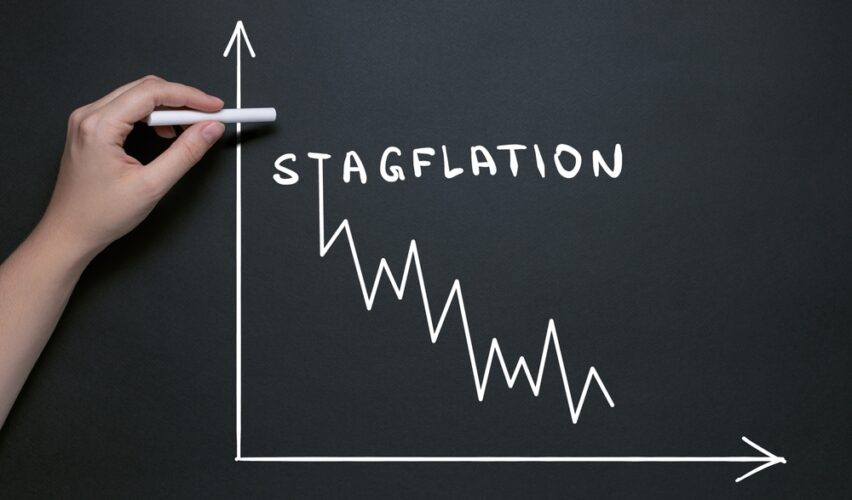In the intricate world of economics, stagflation emerges as a formidable challenge, marked by sluggish growth, soaring unemployment, and inflationary pressures. Policymakers face a dilemma as addressing one issue can worsen another.
Origins and Impact:
Initially coined by British politician Iain Macleod during a tumultuous economic period in the UK in 1965, stagflation’s resurgence gained prominence during the 1970s oil crisis. The ensuing recession, coupled with skyrocketing inflation and unemployment rates, highlighted the grim reality of stagflation’s effects on national economies.
Impact on Retirement Planning:
Stagflation’s ripple effects extend beyond immediate economic concerns to impact long-term financial planning, including retirement strategies. The erosion of purchasing power due to inflation can diminish the value of retirement savings and investments. Furthermore, stagnant economic growth and high unemployment rates may disrupt retirement income streams, posing challenges for retirees relying on fixed incomes or investment returns.
“Stagflation’s ripple effects extend beyond immediate economic concerns to impact long-term financial planning, including retirement strategies.”
Addressing Stagflation:
Historically, stagflation has defied conventional economic wisdom, challenging established theories such as the Phillips Curve. Despite its elusive nature, economists have proposed various explanations, ranging from oil price shocks to misguided economic policies and shifts away from the gold standard.
In the contemporary landscape, stagflation persists as a complex interplay of supply shocks and economic disruptions, as evidenced by recent events like the semiconductor shortage during the COVID-19 pandemic.
Navigating Solutions:
While there’s no silver bullet for tackling stagflation, economists emphasize the importance of enhancing productivity to spur economic growth without fueling inflation further. This entails proactive measures from policymakers to promote innovation, investment, and efficiency gains across various sectors.
For individuals navigating the uncertainties of stagflation, prudent financial planning becomes paramount. Diversifying investments, maintaining liquidity, and staying up to date on economic developments can help mitigate the adverse effects of stagflation on personal finances and retirement goals. Connect with a FRC® trained advisor to learn more.


























